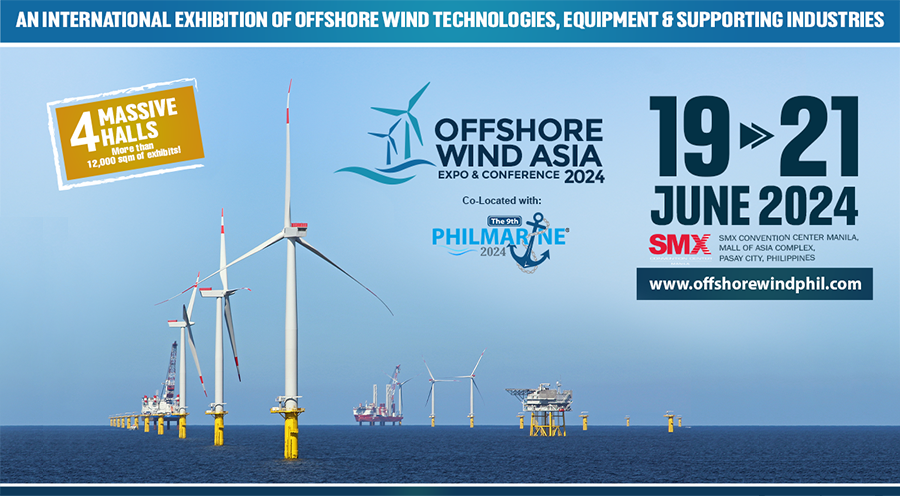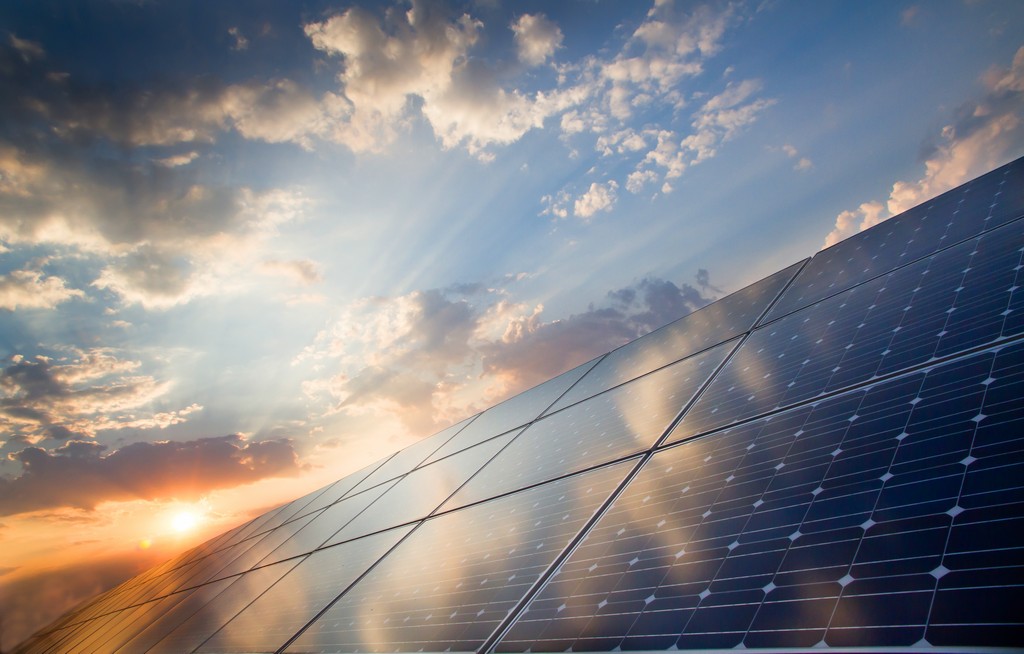Solar power is a versatile source of energy: it can be constructed as a distributed generation or as a central-station like conventional power plants.
Countries such as Germany, Spain, Italy, Japan, the United States, and Czech Republic have shifted to solar power to contribute to their country’s energy capacity. In the 2019 Global Status Report, China, the United States, Japan, Germany, and India were the leading countries for cumulative solar PV capacity. The Philippines, despite having adapted solar power generation back in the early 1980s, is still in its infant stage as it was only in 2013 when the net metering rules and interconnection standards were released and went into effect — the first mechanism per the Philippine Renewable Energy Law that legalized and opened the solar market in on-grid areas in the Philippines.
According to an ASEAN Briefing article, the Philippines given its geographic and archipelagic characteristics is at advantage and possesses strong potential in harnessing solar energy for power production and consumption. One report stated that the Department of Energy (DOE) believes that solar energy can be a dominant resource for future power plant projects with a 17.9 percent share, improving faster than coal-fired facilities.
Communities and provinces are adapting and developing projects and programs that aim to utilize this energy source. Earlier this year, Solar Philippines activated its 150 MW Tarlac solar farm, with energy capacity priced at P2.9999 per kilowatt-hour (kWh), making it the lowest-cost power plant in the country and in Southeast Asia. The SN Aboitiz Power-Magat (SNAP-Magat) also activated the pilot 200-kW floating solar power plant that offers up to 388-MW of power to Magat. A few months after, the 7.5 megawatt peak (MWp) Tumingad Solar Project in Romblon was also inaugurated.
Other energy firms are also easing their way into solar development projects and programs. For instance, it was reported that the Panay Electric Company (PECO) is set to launch a lease-to-own program that allows their consumers to become “prosumers” and participate in shaping the ever-growing demand for solar energy by generating their own power.
The Meralco Powergen Corp. (MGen) has also been reported to becoming more involved in renewable energy after signing an Engineering, Procurement and Construction (EPC) contract for its P4.25-B solar farm in Bulacan.
Despite being relatively new, the country has responded favorably to this shift, and the solar power sector is a growing market. Several solar farms were installed in various parts of the country, and businesses and corporations such as SM North Edsa, Manuel L. Quezon University, and Robinsons Palawan have also started to adopt solar energy generation in their empires.
In a market segmentation, the Philippines was projected to save over $200-M annually once fully involved in renewable energy. The complete shift to solar power will not only be beneficial in terms of finances but also in terms of providing a more effective means of energy generation to small islands. It can provide greater energy security, a more viable economic alternative to the current electricity market, and a more efficient delivery of alternative power especially at this day and age when climate change is at its peak.
The Philippines is rapidly progressing in the market. The government, as well as the private sector, are immersing themselves to further study and explore solar energy generation that may provide better opportunities to the market. Now, especially with the recent amendment of the net metering rules and interconnection standards, agencies and firms are expected to take advantage of and utilize this to implement new programs and projects that will empower the public to become “prosumers” of solar energy.


